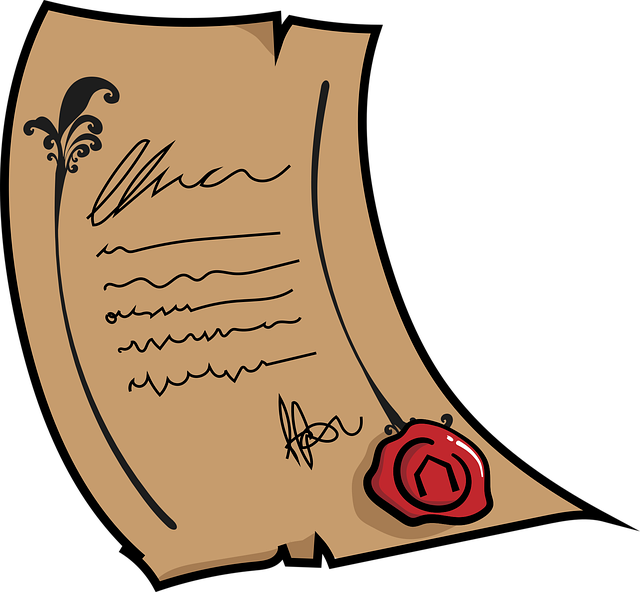In the dynamic UK children's literature market, UK Children’s Literature Translation Services play a vital role in reaching diverse audiences globally while preserving cultural nuances and storytelling essence. These services go beyond word-for-word translations, focusing on accuracy, age appropriateness, and cultural sensitivity to engage young readers. Choosing the right service requires expertise in both source material and child-friendly storytelling, ensuring high-quality, localized content that fosters cross-cultural understanding and a love for reading among UK children. Notable projects have raised standards, showcasing the sector's ability to adapt global narratives for international young audiences.
In the vibrant world of UK children’s literature, accurate translation services play a crucial role in reaching a diverse audience. This article explores the significance of reliable translation for kids’ books within the UK market, delving into cultural nuances and language complexities that often pose challenges. We guide publishers through key considerations when choosing a service, highlighting benefits like enhanced storytelling accuracy and broader readership. Discover popular translation techniques and inspiring case studies showcasing successful projects in UK children’s literature.
- Understanding the Importance of Accurate Translation for Children's Literature in the UK
- Challenges in Translating Children's Books: Cultural Nuances and Language Complexity
- Key Considerations When Choosing a Translation Service for Kids' Literature
- Benefits of Professional Translation Services for UK Children's Book Publishers
- Popular Translation Techniques Used in Children's Literature
- Case Studies: Successful Translation Projects for Children's Books in the UK
Understanding the Importance of Accurate Translation for Children's Literature in the UK

In the vibrant landscape of UK children’s literature, where imagination takes flight and young minds are nurtured through captivating stories, accurate translation plays a pivotal role. When translating books for children, it’s not merely about word-for-word conversion; it involves a delicate dance to preserve the essence, rhythm, and cultural nuances that make a story engaging. This is especially crucial in the UK market, known for its diverse linguistic landscape and rich literary heritage.
Children’s books, with their unique language and stylistic elements, demand precision and sensitivity. Professional translation services specializing in UK children’s literature ensure that stories from different cultures and languages are adapted flawlessly, maintaining their charm and educational value. This is vital to fostering a love for reading and promoting cultural exchange among young readers across the UK.
Challenges in Translating Children's Books: Cultural Nuances and Language Complexity

Translating children’s books presents unique challenges, especially when navigating the intricate landscape of cultural nuances and language complexity. UK children’s literature translation services must consider the subtle differences in idioms, proverbs, and cultural references that are integral to a story’s essence. A word-for-word approach often falls short, as it fails to capture the playfulness and creativity inherent in children’s narratives. For instance, a popular UK children’s book might rely on puns or specific British cultural allusions that directly translate into another language, potentially losing its comedic value or meaning for young readers from different backgrounds.
Furthermore, the target audience plays a significant role. Translators must adapt their approach based on age groups and developmental stages. What works for a 5-year-old in terms of simplicity and vocabulary might not be suitable for an 8-year-old. UK children’s literature translation services excel when they employ translators who understand both the linguistic intricacies and the unique cultural context, ensuring that the translated book resonates with young readers while remaining faithful to the original intent.
Key Considerations When Choosing a Translation Service for Kids' Literature

When selecting a translation service for UK children’s literature, several crucial factors come into play. First and foremost, expertise in children’s literature is essential. The translator should have a deep understanding of both the source material and the target audience, ensuring that the translated text captures the essence and tone of the original work while being accessible to young readers.
Additionally, quality control is paramount. Reputable translation services will employ rigorous editing and proofreading processes to guarantee accuracy and fluency in the final product. Looking into their previous works and client testimonials can provide valuable insights into their reliability and commitment to delivering high-quality translations tailored for kids’ books.
Benefits of Professional Translation Services for UK Children's Book Publishers

Professional translation services play a vital role in the world of UK children’s literature, ensuring that books reach a broader audience while maintaining their original essence and quality. With a growing market for diverse and inclusive content, publishers must consider the benefits of expert translators who understand not only the language but also the nuances of child-friendly storytelling.
These services offer precision and accuracy, translating texts into various languages while capturing the book’s tone, style, and cultural references. Professional translators are adept at localizing content, ensuring that the translated book resonates with readers from different linguistic backgrounds. This is particularly important for UK children’s book publishers aiming to compete on an international scale and cater to a global market of young readers.
Popular Translation Techniques Used in Children's Literature

In the realm of UK children’s literature translation services, several popular techniques are employed to ensure accurate and engaging adaptations. One common approach is literal translation, which seeks to convey each word and phrase from the original text precisely. This method maintains the integrity of the author’s intended message, making it ideal for complex concepts or technical terms. However, it can sometimes result in stilted language that might not resonate with young readers.
Another widely used technique is adaptation with cultural sensitivity. Translators carefully navigate the transfer of cultural nuances, idioms, and references from one language to another while preserving the core story and themes. This involves researching and understanding cultural contexts to ensure the book’s relevance and appeal to its target audience. Such adaptations not only facilitate better comprehension but also foster a deeper connection between the translated work and UK children’s literature enthusiasts.
Case Studies: Successful Translation Projects for Children's Books in the UK

In the realm of UK children’s literature translation services, numerous successful projects have set benchmarks for quality and accessibility. One notable case involves a popular picture book series that was meticulously translated into several languages, maintaining the original artwork and ensuring cultural relevance. The translation team, comprising native speakers with a deep understanding of both cultures, successfully conveyed the author’s intent, making the books enjoyable for young readers worldwide.
Another compelling example is a collaboration between a UK-based publisher and a global distribution network to translate and publish classic fairy tales from around the world. This project aimed to introduce diverse cultural narratives to British children, fostering an appreciation for global literature. The translation process involved extensive research to capture the essence of each story while adapting it for a modern UK audience, resulting in a captivating collection that has been well-received by both critics and young readers.
In the vibrant landscape of UK children’s literature, accurate translation services play a crucial role in sharing captivating stories with a diverse audience. By navigating cultural nuances and language complexities, professional translators ensure that young readers engage with content that is both meaningful and authentic. As highlighted through successful case studies, choosing the right translation service can significantly enhance the impact of children’s books, fostering inclusivity and enriching literary experiences for young minds across the UK.
